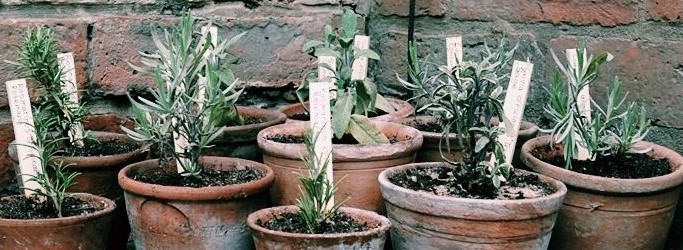I’m on a journey to learn more about the wild plants which grow locally to me. Last weekend I went on a plant walk with a fellow forager down a canal towpath armed with a camera and a field guide. Spring is a wonderful time of year when wild flowers begin to bloom and identifying them becomes a little easier. We both agreed wild flower plant guides are not always easy to navigate, but I’m quite enjoying Collins Complete Guide to British Wild Flowers by Paul Sterry. The book is divided up into plant species, which means once you have identified your plant you can place it in its plant family and learn more about it and its siblings! The front of the book has a short cut to wild flower identification – is it a 3, 4 or 5 petalled flower – that simple – from there it was fairly easy to identify your plant. Recording the plants you identify by photographing them, and writing a short description is an important part of this learning journey and will hopefully mean next time you take a plant walk you can identify it without a guide.
Greater Stitchwort (Stellaria holostea)
Wort: Used in names of plants and herbs, especially those used formerly as food or medicinally
Greater Stitchwort was the first wild plant we met on our walk. It’s delicate five petalled flowers dance in the breeze. I was excited to find it was called Stitchwort as I knew wort often meant herb or medicinal plant. The prefix of ‘stitch’ was an indication of its function as a medicinal herb. Stitchwort was used to treat ‘a stitch in the side’.
Green Alkanet (Pentaglottis sempervirens)
The name Anchusa is derived from the Greek anchousa = paint, from the use of the root as a dye.
Green Alkanet is a wild flower which grows freely in my garden under the shade of a tree. I love the name Alkanet it sounds like an Egyptian God! It’s a member of the Borage family so I imagine, like borage the herb, it grows profusely. A little digging on one of my favourite herb sites A Modern Herbal I found Alkanet was used to create a red dye used in medicine and textiles.
Medowsweet (Filipendula ulmaria)
‘A cooling, aromatic and astringent herb that relieves pain’ Rosalee de la Forȇt
Medowsweet is usually identifiable by its fluffy bloom. I’ve met medowsweet before so I could identify it without using a field guide. Without it’s fluffy bloom Collins would have been difficult to navigate – this is the downside of many plant guides if all you have is a leaf! Medowsweet is a medicinal herb.
Herb Robert (Geranium robertianum)
On our way back we came across Herb Robert. This was the plant my friend was familiar with. Herb Robert is a wild geranium. It is another medicinal herb, but one which has fallen out of fashion in modern herbalism.
We ended our walk meeting four wonderful wild plants. I’ve only just begun looking into their history, and use. Next stop folklore!









